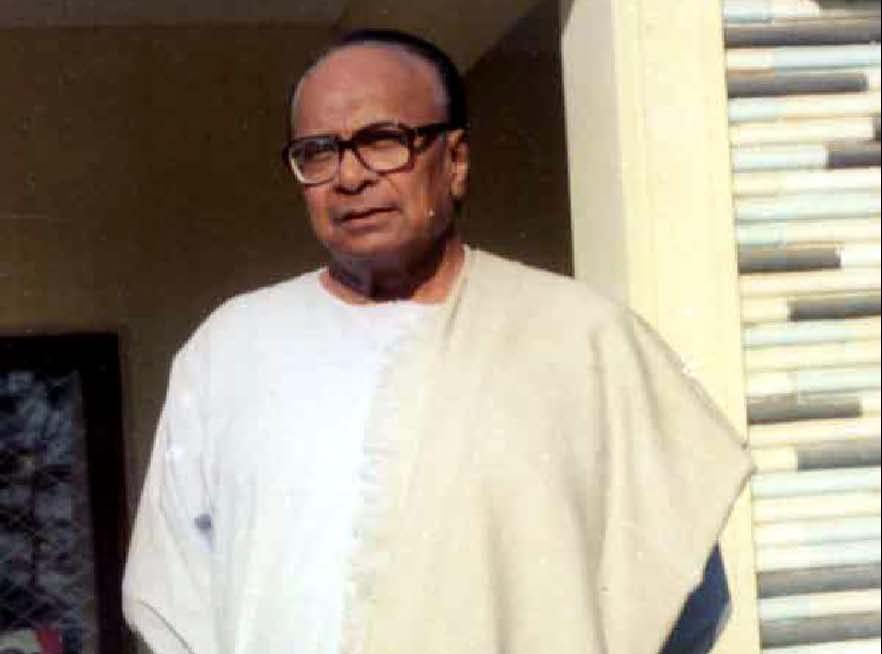In collaboration with the CIA, Patnaik also helped set up the Aviation Research Centre at Charbatia in Odisha in 1963.
Biju Patnaik (5 March 1916-17 April 1997) played a significant role in the establishment of the Special Frontier Force (SFF) and the Aviation Research Centre (ARC) in India, particularly in the context of the India-China conflict in the early 1960s.
After India’s defeat in the 1962 Sino-Indian War, Patnaik, known for his aviation expertise and daring nature, pushed for the creation of a guerrilla unit to counter Chinese aggression. This led to the formation of the SFF, a covert paramilitary force composed mainly of Tibetan refugees trained in guerrilla warfare.
The SFF is an elite paramilitary unit in India. It was established on 14 November 1962, following the Sino-Indian War, with the primary goal of conducting covert operations behind Chinese lines in the event of another conflict.
The unit is primarily composed of Tibetan refugees and Gorkhas. The SFF is based in Chakrata, Uttarakhand. While not part of the Indian Army, the SFF operates under the operational control of the Indian Army and reports to the Cabinet Secretariat. The SFF has been involved in several significant operations, including the Bangladesh Liberation War, Operation Blue Star, the Kargil War, and recent skirmishes with China. The SFF is trained in guerrilla warfare and mountain warfare, and it is equipped with a variety of helicopters and reconnaissance aircraft.
The SFF remains a crucial component of India’s strategic defence, particularly in its operations along the Tibetan border to enhance security against China.
In collaboration with the CIA, Patnaik also helped set up the ARC at Charbatia in Odisha in 1963. The ARC was established to provide aerial reconnaissance and intelligence support, and it played a crucial role in training Tibetan recruits as paratroopers for the SFF.
The ARC is India’s premier imagery intelligence organization, operating under the Directorate General of Security, which is part of the Research and Analysis Wing (R&AW).
The ARC was established on September 7, 1963, in response to the Sino-Indian War. The ARC is responsible for aerial surveillance, signals intelligence (SIGINT) operations, photo reconnaissance flights (PHOTINT), and monitoring of borders. The ARC operates from several bases, including Charbatia Air Base in Odisha, Sarsawa Air Base near Saharanpur, Dum Duma Air Base near Tinsukia in Assam, and Palam Air Base in Delhi.
The ARC has a diverse fleet, including fixed-wing transport aircraft like the IL-76s and AN-32s, helicopters such as the Mil Mi-17s, and reconnaissance jets like the Gulfstream III. It also uses advanced drones like the indigenously developed Lakshya for aerial exploration.
The ARC plays a crucial role in India’s intelligence and defence strategy, providing vital aerial reconnaissance and intelligence support.
Patnaik’s efforts were instrumental in enhancing India’s strategic capabilities during a critical period in its history. His contributions to these initiatives reflect his commitment to national security and his adventurous spirit.
The Dalai Lama’s nephew, Khedroob Thondup is a geopolitical analyst.

